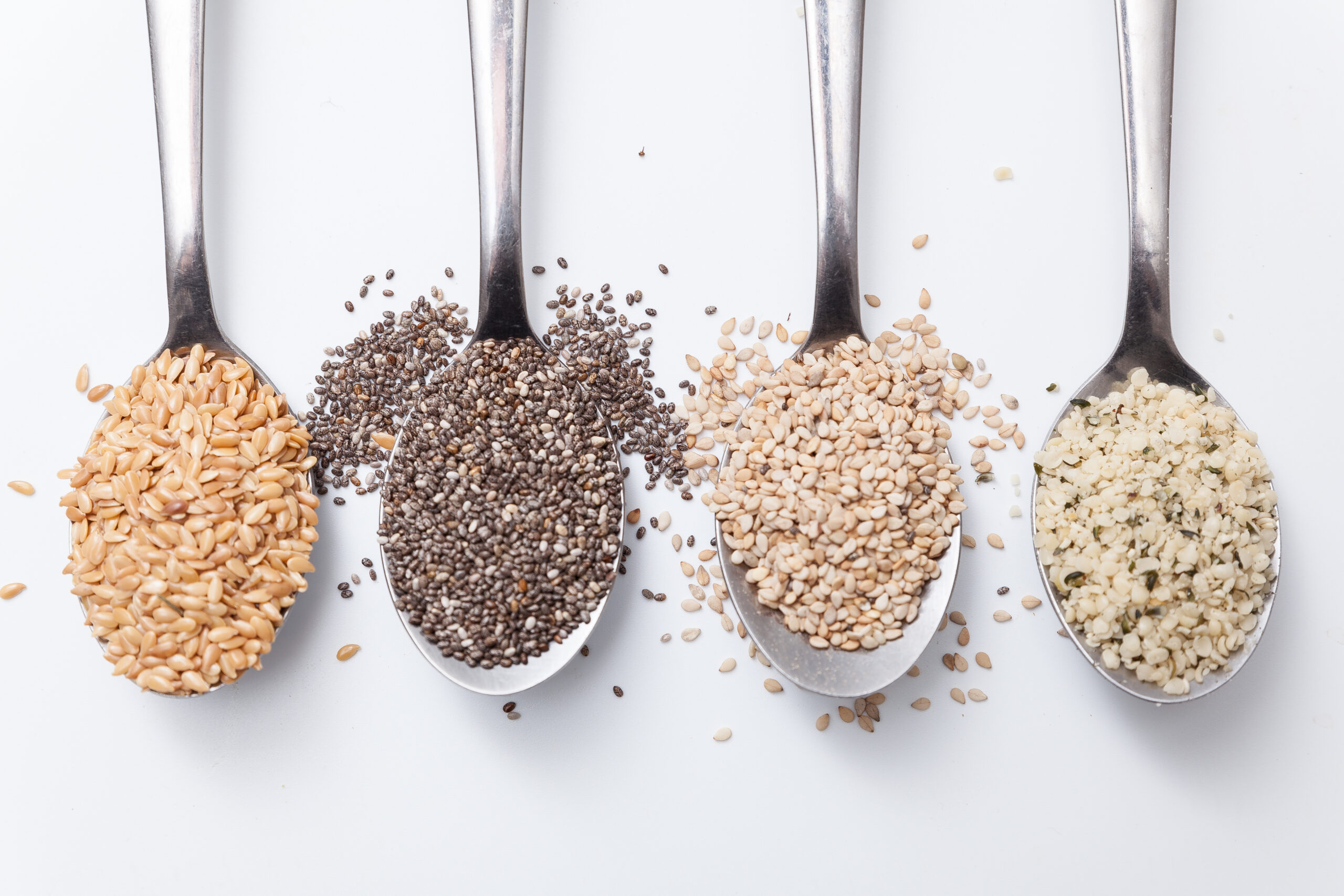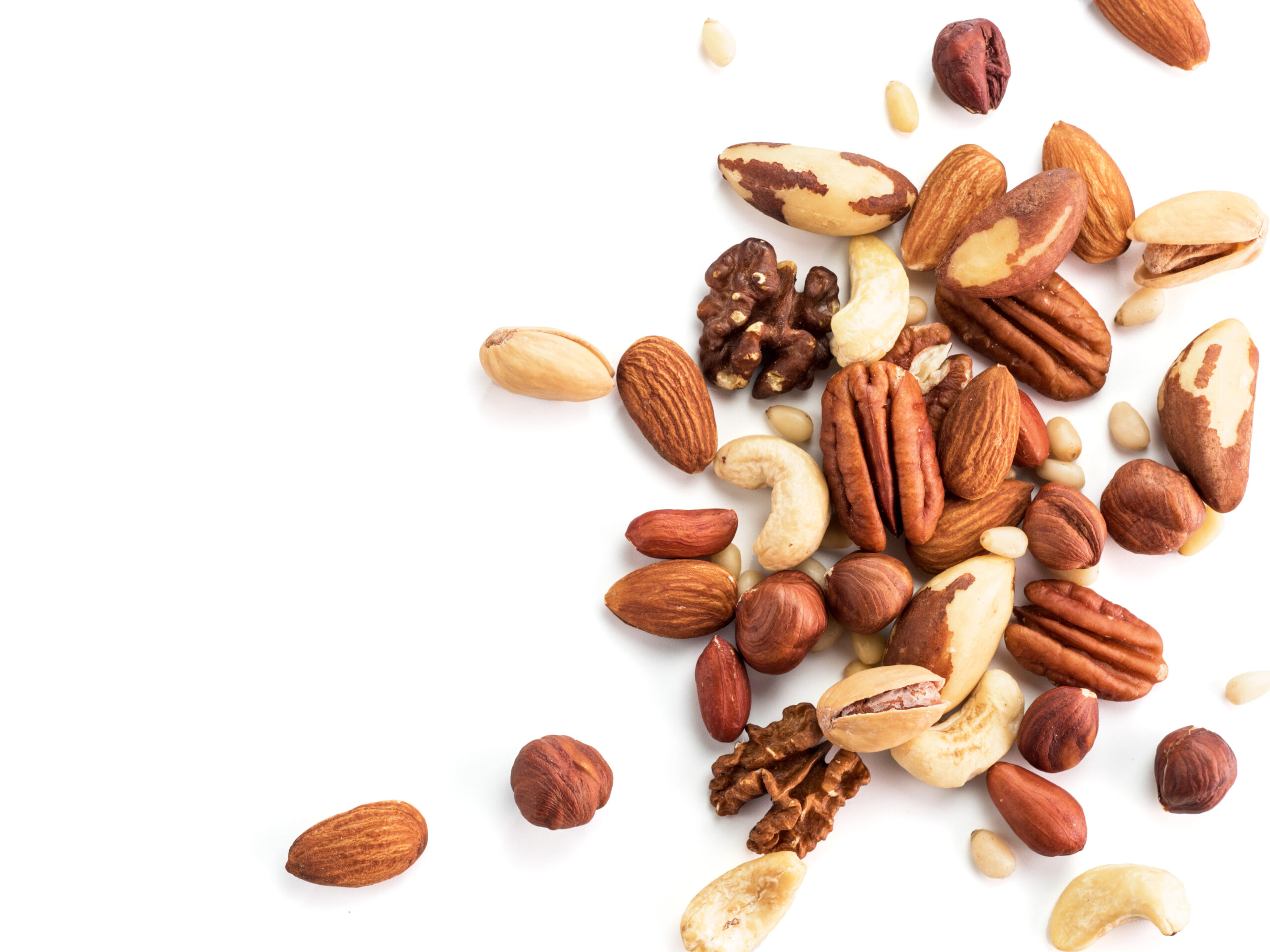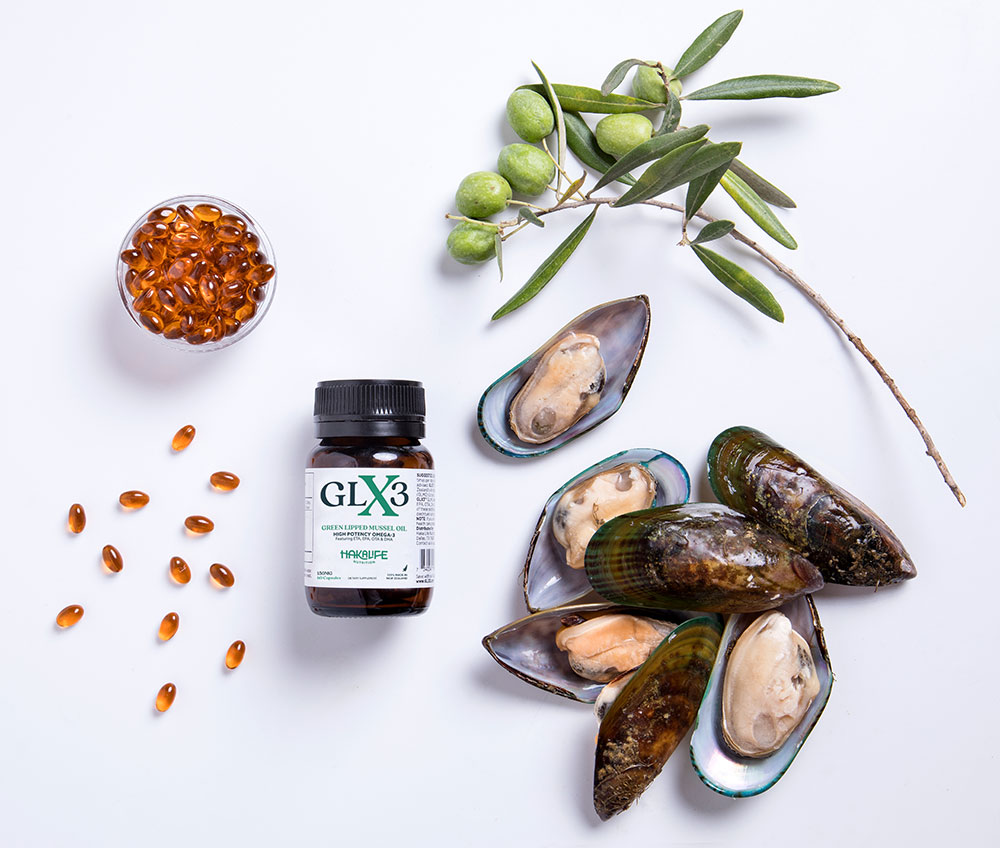This one’s not going to be easy for those who while away their days in cafes, or who find it tough to be productive without a pot on. Let’s get the speed bump out of the way first — there is some evidence that excessive caffeine consumption can increase the risk of Rheumatoid Arthritis, particularly in older women.
Before you toss your saucer in despair, know this — the study primarily noted elevated risk only in those who excessively consume caffeine. That said, it’s not all bad news for coffee drinkers. Here’s the breakdown (but first, we’re off to top off our mug).
Normal coffee consumption is not the issue
If you’re the type who routinely has a cup of coffee – caffeinated or decaf — in the morning, and then goes about your day without a full mug in your hand, you’re not at high risk, the study found. The results of the more than 120,000 women studied showed a noticeable increase in RA primarily in those who drank four cups of coffee per day or more.
The findings are from a study of women between 1980 and 1998, who were tested every four years.
“We did not find a significant association between decaffeinated coffee consumption of >/=4 cups/day (compared with no decaffeinated coffee consumption) and subsequent risk of incident RA,” the study found. “Similarly, there was no relationship between cumulative caffeinated coffee consumption and RA risk.”
In this light, there’s no need to completely rewrite your morning routine. Enjoying the benefit of aided alertness does not appear to mean imminent arthritis. As the old saying goes, “everything in moderation.”
Take this into consideration when it comes to how many beans you toss into the grinder, as well. For Europeans, who tend to drink espresso over drip coffee and in general have a penchant for stronger pours, two to three cups or drinks could be equivalent to what would constitute four cups of coffee poured at an American coffee shop.
Tips to monitor and decrease your risk
Of course, even knowing that there could be a link between coffee consumption and rheumatoid arthritis is enough to be unsettling for some. In this case, there are a few things you can do without totally cutting your caffeine fix.
First and foremost is to monitor your consumption. Four cups a day is a high baseline. If you can keep that baseline closer to 1-2 cups, your risk is reduced.
Also important to remember is that term, baseline. Think of this as your average. Maybe you have a day that starts with a cup of coffee over the newspaper at home, followed by a meeting with a friend at a coffee shop. In either of these settings, it’s relatively easy to turn one cup into two. But while this might be a heavy day of coffee drinking, it’s not necessarily a cause for concern if it’s a once-in-a-while thing.
Keep it to one cup the next day, and you’ve all but offset that excess.
Another common scenario where coffee drinking tends to escalate quickly is at diners, where a server frequently makes the rounds to top off the cup of customers. Here at GLX3, we have enacted a rule for ourselves at company lunches and on personal time — if we’re more than halfway through the meal, there’s no shame in waving off that next top off.
Furthermore, there is some evidence that the preparation of coffee matters. A separate study cited by WebMD noted that drinking filtered coffee may be less risky than drinking boiled coffee, such as from a French Press. So, it might be time to dig that old Mr. Coffee machine out of the back of the cupboard (and to keep in line with the Haka Life Warrior’s mindset of sustainability, get yourself a reusable filter and avoid throwing a paper one in the trash each day).
And, it’s not too late to cut down that risk level even if you have been drinking four or more cups of coffee a day, regularly, for a long time. The study notes that, “existing studies measured dietary exposures and potential confounders only at baseline and did not consider possible changes in diet or lifestyle over the follow-up period.”
Toss some tea into the mix
A similar National Library of Medicine study looked at the effects of caffeinated tea on Rheumatoid Arthritis, as well as coffee. Its results were encouraging, at least on the caffeine front.
“Decaffeinated coffee intake is independently and positively associated with RA onset, while tea consumption shows an inverse association with disease onset,” the study found.
If you can, consider swapping that second or third cup of coffee out for a pot of tea which, as the study notes, might actually reverse any increased risk posed by excessive coffee drinking. Just remember that black tea can contain more caffeine than coffee — consider green tea or herbal flavors.
Identify your priorities, and cut out the rest
It must be noted that coffee and tea are not the only sources of caffeine in the diet of many people. Soda is a big one for some. If you’re worried about your caffeine intake, it may be time to make the tough call between that morning cup of joe and that afternoon soda. We’re not here to tell you which side to choose (but given the other common unhealthy ingredients in soda, like corn syrup and artificial flavorings, you’ll find us in line at the cafe rather than the vending machine).
Other common culprits include energy bars and chocolate. Both often have caffeine in them, despite that not being the primary reason why we choose to consume each. When caffeine conscious, remember to check the ingredients list.



















